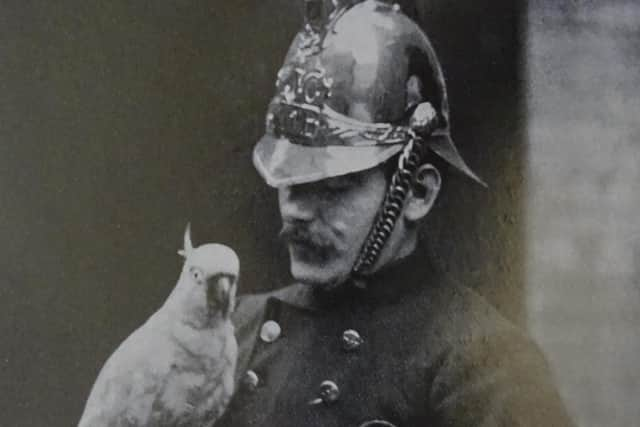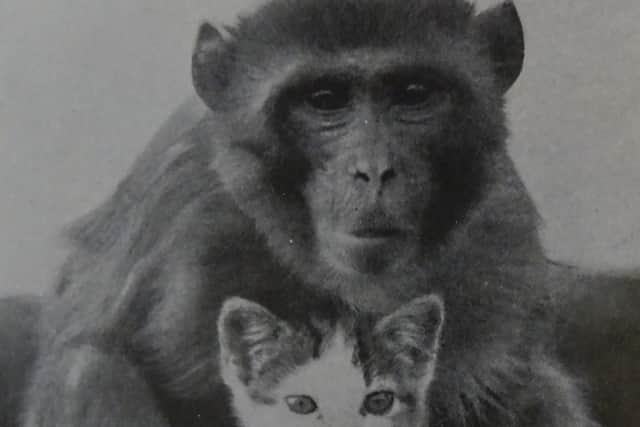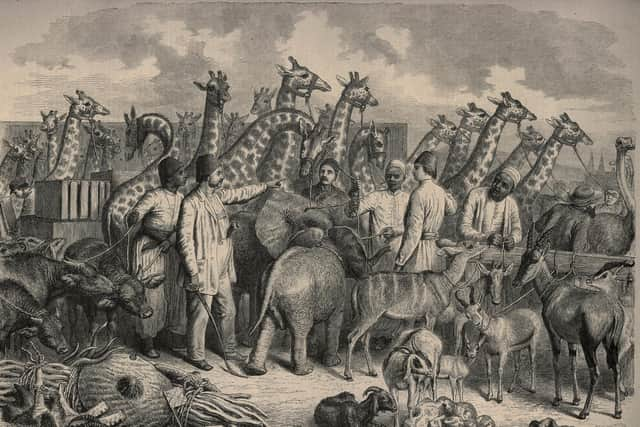Yorkshire academic explores a history of attitudes towards animals from bear baiting to circus performers
Dr Helen Cowie, from the University of York's Department of History, has been investigating the topic of human and animal relationships over the past 200 years.
While bear baiting might be a thing of the past, animal cruelty exists today as it has done for centuries, her findings suggests. It's just that it's more hidden in modern-day Britain.
Advertisement
Hide AdAdvertisement
Hide AdProfessor Cowie said: “Examining our relationship with animals throughout history can identify the lessons that we can learn from to improve the lives and welfare of animals today.


"What we find, looking back, is that although our relationships with animals have changed, cruelty and welfare issues are still as much of a concern today as they were 200 years ago.
“What we tend to find is that cruelty to animals today is less ‘obvious’ than it was in the past and better hidden from public view, particularly in the food industry."
Next year marks 200 years since the birth of the Society for the Prevention of Cruelty to Animals in 1824. Progress is far less consistent than commonly assumed, Prof Cowie's findings suggest, with priorities evolving to reflect new issues and attitudes.
Advertisement
Hide AdAdvertisement
Hide AdOnce it was the days of bull and bear baiting in 1820s Britain, before concerns shifted to the mistreatment of performing animals in the late 19th century. Then the exploitation of wild animals for fashion and, with the arrival of factory farming, priorities changed once again.


Professor Cowie said: “In 19th-century Britain, cruelty towards animals was much more ‘on show’. Livestock were violently driven to market, horses were beaten in the streets and animal products were used extensively in everyday life.
“A middle-class Victorian woman might wear a dress made of alpaca wool, drape herself in a sealskin jacket, brush her hair with a tortoiseshell comb and sport feathers in her hat. She might entertain her friends by playing the piano with ivory keys or owning a parrot or monkey as a living fashion accessory.
“Much of our ideas on improvements in animal welfare is based on the assumption that such cruelties would not happen today," she added.
Advertisement
Hide AdAdvertisement
Hide Ad"But whilst we might be horrified by the idea of bear baiting and travelling circuses featuring exotic animals, the reaction is far reduced when confronted with the idea of a factory-farmed pig, for example, and most likely because it is less ‘public’."


Prof Cowie's research is to be published next year in a book called Animals in World History, highlighting examples such as an eight-fold increase in chicken farming and some global practice around animal testing.
Some associations, long considered traditional, are actually relatively modern, she added. Many dog breeds originated in Britain in the mid-19th century for example, while bear bile farms only started in China in the 1980s.
One lesson that can be learned from the past, she added however, is that change is possible.
Advertisement
Hide AdAdvertisement
Hide Ad"The first animal welfare law in Britain took over two decades to enact, but it happened eventually when public attitudes changed," she said.
“So while things often seem bleak for animals, we shouldn’t despair – attitudes can change and animal populations can recover, but it takes time and determination."